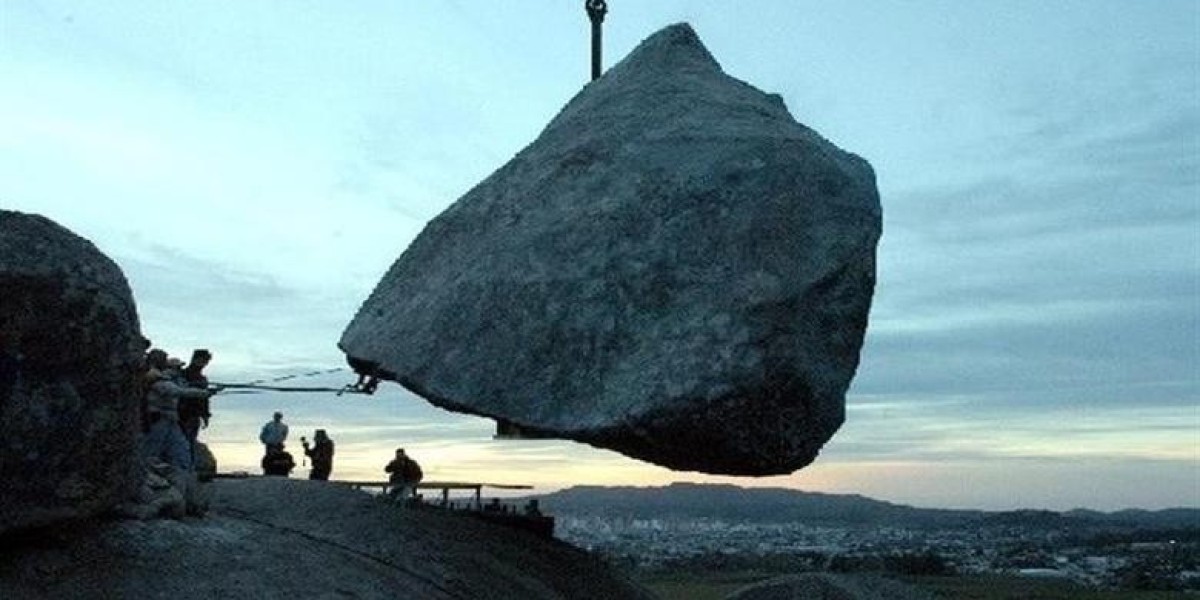article image source: freepik.com (link)
(What will be mentioned below is for advice and is not a substitute for consulting a doctor)
Stale Bread: How a Humble Ingredient Becomes an Italian Culinary Treasure

Stale Bread - image source: freepik.com
Stale bread is one of the most overlooked kitchen leftovers — usually tossed aside without a second thought. Yet across Italy, what many consider “waste” is the beginning of some of the country’s most beloved dishes. In Italian homes and restaurants alike, day-old bread is not a burden but an opportunity: a chance to transform something simple into something deeply comforting.
This tradition of reuse is more than practical. It reflects a long-standing cultural philosophy: never waste, always transform. And with food waste in the United States reaching nearly 35 million tons annually at a cost of about $261 billion, this old wisdom matters now more than ever.
advertisement
Bread That Evolves, Not Expires
In many Italian households, fresh bread is a daily staple. But when the loaf inevitably goes stale, it’s not discarded — it evolves. As Michelin-recognized chef Michele Casadei Massari explains, he learned this reflex at the table with his grandmother Clara: stale bread was “sacred,” ready to be reborn as soups, crumbs, or comforting stews.
This mindset extends far beyond family kitchens. It underpins some of Italy’s simplest yet richest staples, proving that good cuisine doesn’t always begin with perfect ingredients — just thoughtful ones.
Tuscan Classics Born From Stale Bread
Pappa al Pomodoro
One of Italy’s most iconic transformations is pappa al pomodoro: a thick, spoonable stew where stale bread turns soft again under the warmth of tomato sauce and broth. Families across Tuscany — including the author’s Roman–Tuscan ancestors — have long relied on it as a way to give bread a new life while creating a hearty meal.
Chef Massari, too, honors this classic in his kitchen. Using his whole-fruit roasted tomato sauce, he elevates the dish while staying true to its roots: simple, humble, satisfying.
Ribollita
Another Tuscan favorite is ribollita, a deeply rustic vegetable and bread soup. Stale bread gives the broth body, turning what could be a light vegetable soup into a filling, nourishing dish. Some families rehydrate the bread in milk before adding it — a technique passed down through generations.
Panzanella
When summer arrives, stale bread becomes panzanella, a salad Massari describes as “yesterday’s bread revived with the joy of summer vegetables.” Softened with water or vinegar, the bread absorbs the freshness of tomatoes, cucumbers, basil, and onions, creating a vibrant dish that celebrates both flavor and frugality.
Northern Comforts and Creative Transformations
In the northern regions, stale bread becomes the base for cozy mountain foods. Chef Massari highlights canederli, hearty bread dumplings enriched with cheese, herbs, or cured meats, served either in broth or with a creamy cheese sauce.
Another transformation comes in the form of passatelli, delicate strands made from breadcrumbs and Parmigiano Reggiano, cooked gently in broth — proof that even the driest loaf can produce something refined and elegant.
Across these dishes, the philosophy is the same: food is never finished; it simply becomes something new.
Elevating Simplicity: Whole-Fruit Tomato Sauce
Chef Massari takes the zero-waste idea even further with his tomato sauce. Instead of discarding tomato skins or seeds, he roasts the whole fruit (except the core) with shallots, olive oil, and salt. The result, he says, is a sauce with “deep, sweet-savory tomato” character and a gentle roundness from shallots — and nothing goes to waste.
This sauce becomes the soul of dishes like pappa al pomodoro, proving that resourcefulness and exceptional flavor can go hand in hand.
Many Cultures, One Lesson: Don’t Throw It Away
While the text focuses on Italian traditions, the broader message is universal: stale bread is not a sign of neglect but an invitation to be creative. Yes, you can make French toast, croutons, stuffing, or bread pudding — but exploring Italian methods offers a new appreciation for how powerful (and delicious) simple cooking can be.
Conclusion: A Small Act With a Big Impact
Learning to transform stale bread isn’t just about saving money or reducing waste. It’s about embracing a mindset that values ingredients, heritage, and the joy of making something meaningful out of what many would discard. Each torn crust, each hardened slice, carries the potential to become nourishment again — to evolve, as Chef Massari says, instead of “die.”
When we adopt this perspective, cooking becomes more than a task. It becomes an act of respect — for food, for tradition, and for the planet. So the next time you find a forgotten heel of bread on your counter, see it not as a loss but as a beginning. A delicious one.
Sources
CNN / AOL: Don’t toss out stale bread. Use it to create a hearty Tuscan soup and other Italian dishes
https://www.aol.com/articles/don-t-throw-away-stale-192209175.html
Thank you !








